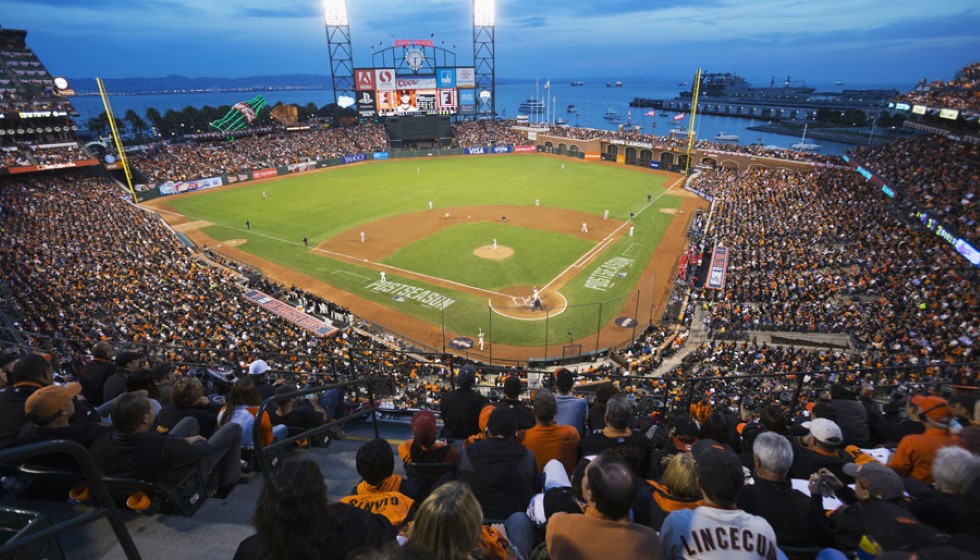
In a significant development shaking the foundation of Major League Baseball Players Association (MLBPA), a group of more than 20 player representatives has sparked discussions about possible leadership changes. At the heart of the deliberation is the proposed replacement of deputy director Bruce Meyer with Harry Marino, a move indicative of broader discontent within the ranks of MLB players.
Text Chain Discussions and Zoom Call Debates
The internal debate among MLBPA members came to light through a text chain initiated by over 20 player representatives. This digital platform became a battleground for airing grievances and debating the direction of the association. Tensions reached a climax during a heated Zoom call. Despite the urgency and the heated exchanges with Tony Clark and other player reps, this call concluded with no resolution in sight, leaving the MLBPA at a crossroads.
Divisions Within the Ranks
Driving the push for change is a deeply felt division within MLB players, primarily influenced by the economic disparities between high earners and what many consider the 'middle-class' talent of MLB. This division has been further exacerbated by the difficulties faced by some high-profile free agents who struggled to secure deals they felt were reflective of their true value. Amid these tensions, spending on free agents has seen a downturn from the previous year, adding fuel to the fire.
Concerns Over Leadership and Negotiations
Central to the players' dissatisfaction is the critique of Bruce Meyer's stewardship during the Collective Bargaining Agreement negotiations. The critical review by players seeking change has put Meyer's position under scrutiny, with many advocating for a new leadership approach that might recalibrate focus towards the broader spectrum of player interests. Here, Harry Marino emerges as a favored candidate, perceived as someone who could potentially bridge the widening gaps within the player community.
The Influence of Scott Boras
An interesting subplot to the ongoing discussions is the spotlight on super-agent Scott Boras, whom some view as wielding undue influence within the MLBPA. Boras's prominence and his perceived sway within the association have sparked concerns about inequality and representation, highlighting a microcosm of broader societal issues within the realm of professional sports labor relations.
Implications for the Future of Labor Relations in Sports
The unfolding situation within the MLBPA is not just a testament to the internal dynamics of the association but also a mirror reflecting larger societal challenges of inequality and representation. How the MLBPA navigates these turbulent waters will undoubtedly have far-reaching implications for the future of labor relations in sports. The potential leadership change, from Meyer to Marino, is more than a shift in personnel—it's a pivotal moment that could redefine the association's approach to negotiating player rights, welfare, and representation.
Looking Ahead
As the MLBPA stands at this critical juncture, the outcomes of the ongoing discussions and any subsequent leadership changes will be keenly observed, not just by those within the world of Major League Baseball but by all stakeholders in the broader landscape of professional sports. The quest for a more equitable representation and the balancing of economic disparities amongst players continues to challenge the status quo, underlining the importance of leadership that resonates with the needs and aspirations of all its members. In the end, the direction that the MLBPA chooses to take could well serve as a blueprint for addressing similar issues in other sports leagues and associations globally.
In the shadow of these debates and potential shifts in leadership, the MLBPA's path forward will serve as a critical case study in the power dynamics of sports management and labor relations. As the association deliberates on its next steps, the decisions made today will not only impact the present generation of players but also set precedents for future athletes in baseball and beyond.